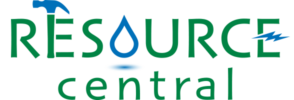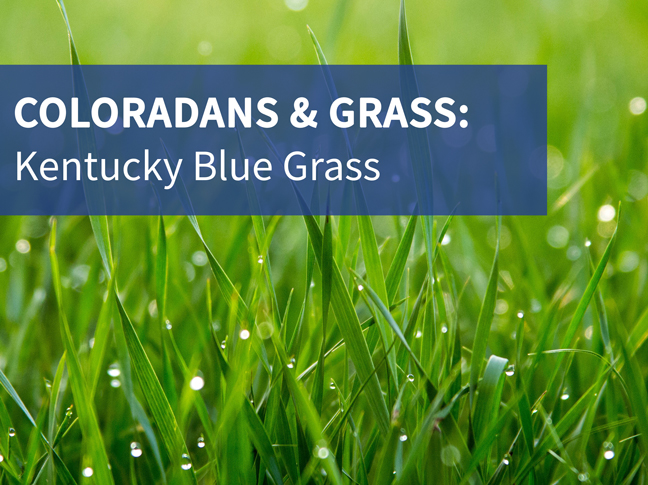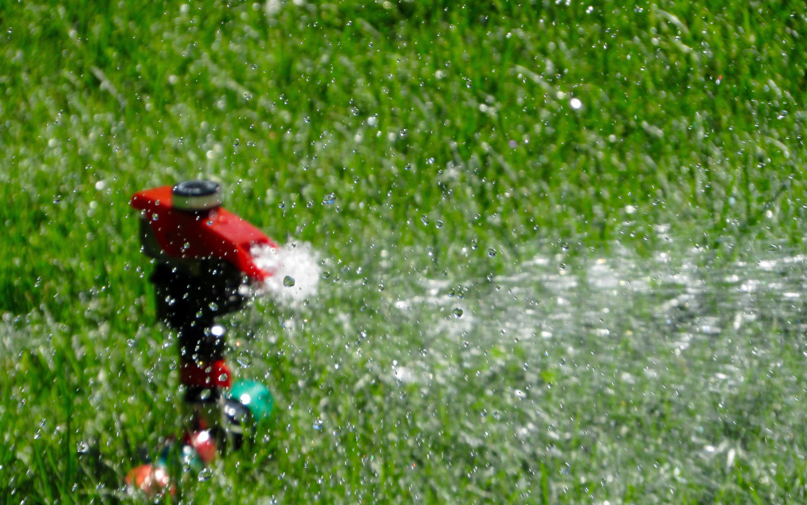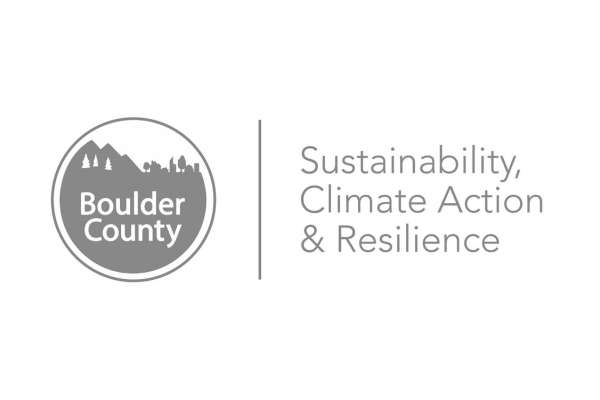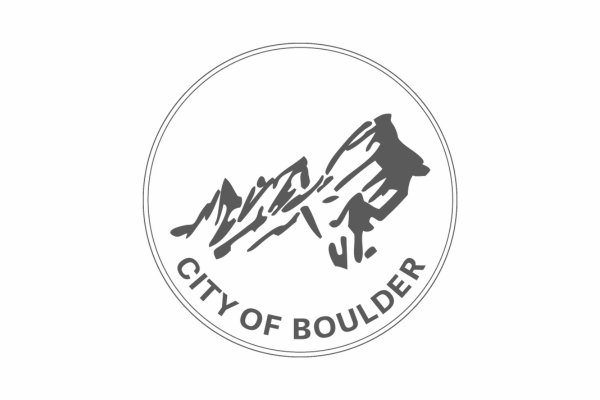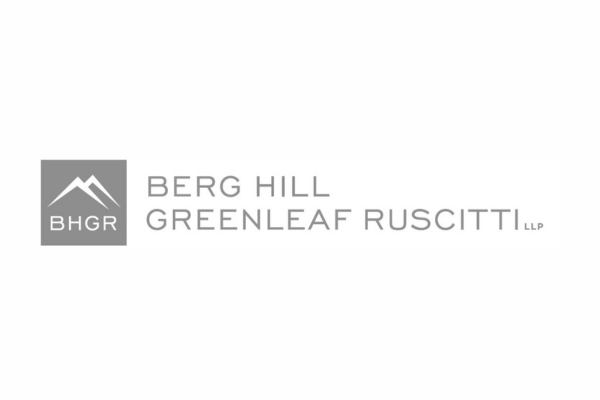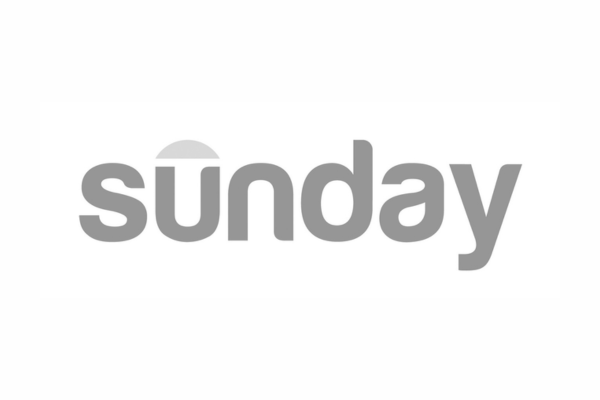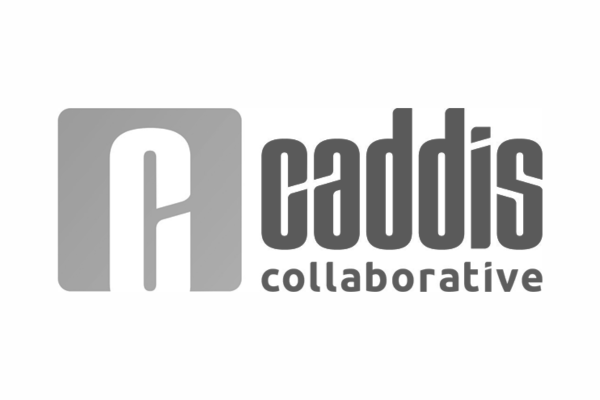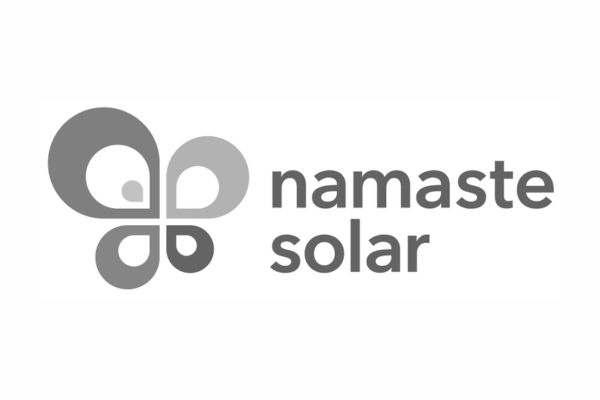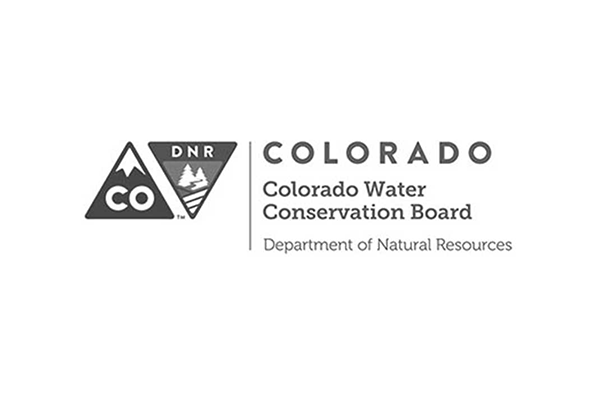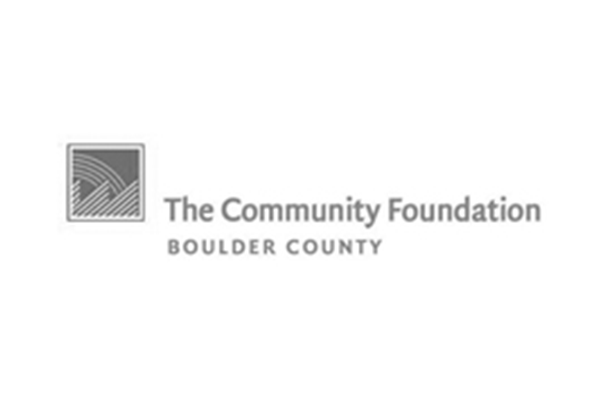The imagined American yard has a white picket fence and a ripe green lawn. Perhaps it even has a swing hanging on a large, shady oak tree. It’s the neighborhood scene we’ve seen in just about every movie and tv show. And more often than not, the star of the scene is Kentucky bluegrass. Revered for its thick, lush green appearance, its traffic tolerance, and its ability to grow easily and anywhere, it’s no wonder that Kentucky Bluegrass is the most popular 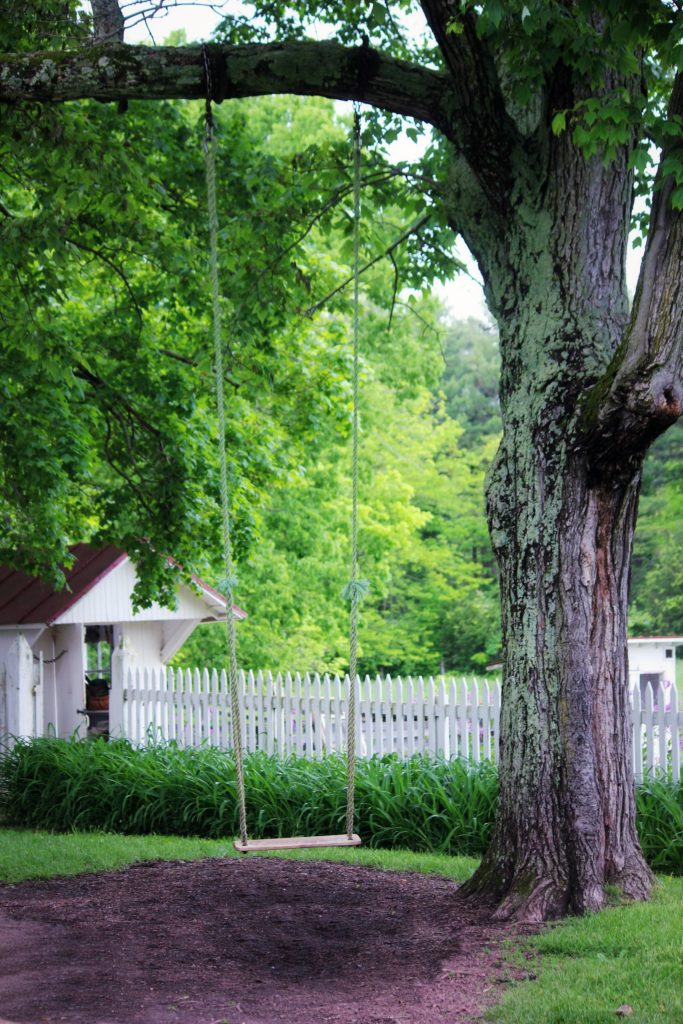 planting grass in the United States. It’s become the American norm for what a yard should look like. But what happens when you insert this quintessential golf-course green, oak-tree shaded aesthetic into the hot and dry landscapes of the Rocky Mountain West? Here’s where that American norm gets complicated.
planting grass in the United States. It’s become the American norm for what a yard should look like. But what happens when you insert this quintessential golf-course green, oak-tree shaded aesthetic into the hot and dry landscapes of the Rocky Mountain West? Here’s where that American norm gets complicated.
What state is this yard in? Wisconsin? California? Hard to tell. More than 100 varieties of Kentucky Bluegrass have been developed over time, and all grow successfully pretty much anywhere there’s bare dirt, sun, and water. In fact, did you know that Kentucky bluegrass didn’t even originate in Kentucky? It’s native to Europe and northern Asia. The Kentucky namesake is where the settlers landed that brought the turf here from overseas. Over time, it grew in popularity for its appearance and functionality, and a green grass lawn quickly became a standard status symbol across much of the U.S. The “pros” list for KBG is a long one, but one glaring downside to the cool-season grass species is it requires significantly more water than warm-season grasses to maintain its green appearance. This is a bigger disadvantage if you’re growing KBG in the western and southwestern regions of the U.S., where dry climates mean supplemental watering requirements are even higher.
And herein lies the complication. It’s not that we’re wrong for liking the look and feel of a sprawling green lawn, because what’s not to like? The trouble is that achieving this standard we’ve set for what a “nice” yard looks like is much less resource-intensive in places with wetter, cooler climates.
Here in Colorado, Kentucky bluegrass varieties are incredibly common. If you’re unsure of what to do with your yard or struggling with keeping it green here in Colorado, you aren’t alone. Did you know that on average Coloradans spend a whopping 55% of their water usage outdoors?
Here are some reasons why you could be using more water outside than necessary:
- Your sprinkler system may need a tune-up
Do you ever notice water spots on your sidewalks or driveway? Green circles around your sprinkler heads, and brown patches everywhere else? Your sprinklers might be overwatering some areas and underwatering others. Resource Central (that’s us!) works with water providers to offer sprinkler efficiency consultations at no cost. We send out a trained technician to inspect your sprinkler system and provide you with recommendations for maintenance and easy improvements you can do yourself to ensure your sprinklers are watering where they should be. You end the session with a customized evaluation of your yard- did we mention that you don’t pay for it? Click here to learn more about our sprinkler inspections.
- Your watering scheduling might be inefficient
Do you have a set watering schedule? Check to see if it’s as efficient as it can be! According to Homguides, “Watering your lawn at the wrong time of day wastes water and can dehydrate your grass.” Not to mention that some water experts have found that you might be losing half of that water! “…as much as 50 percent of water used for irrigation is wasted due to evaporation, wind, or runoff caused by inefficient irrigation methods and systems,” EPA Water Sense.
- You’re not considering the current weather forecast
Picture this: you get your system up and running in mid to late May, get your watering schedule entered for the season, and enjoy a soft, green lawn for the month of June. Then July rolls around and your grass shifts to dry, brown, and crunchy. If this sounds familiar, you’re not alone! Many people approach their control clocks with a “set it and forget it” mentality, which can only end one of two ways: either you’re wasting large amounts of water by overwatering your yard when temperatures are still mild, or your grass looks terrible when temps increase and rainfall subsides. Another (free) benefit of receiving a sprinkler efficiency consultation is the Colorado Sprinkler Guide. Once your yard is evaluated, our offices will send bi-weekly, weather-based watering recommendations (of course you can opt-out of receiving these if your email is plenty full) right to your email inbox.
At the end of the day, we don’t think it’s worth fighting with your landscape. You should enjoy your outdoor spaces – especially here in Colorado, without wasting water. Interested in learning more?
Visit us at: ResourceCentral.org/slow-the-flow-2/outdoor-sprinkler-consultation/ Reach us at: water@resourcecentral.org, 303-999-3824.
Sources:
turfmagazine.com/lawn-care/kentucky-bluegrass-facts/
lawn-care-academy.com/kentuckybluegrass.html
homeguides.sfgate.com/time-water-grass-hot-day-68672.html
19january2017snapshot.epa.gov/www3/watersense/pubs/outdoor.html
